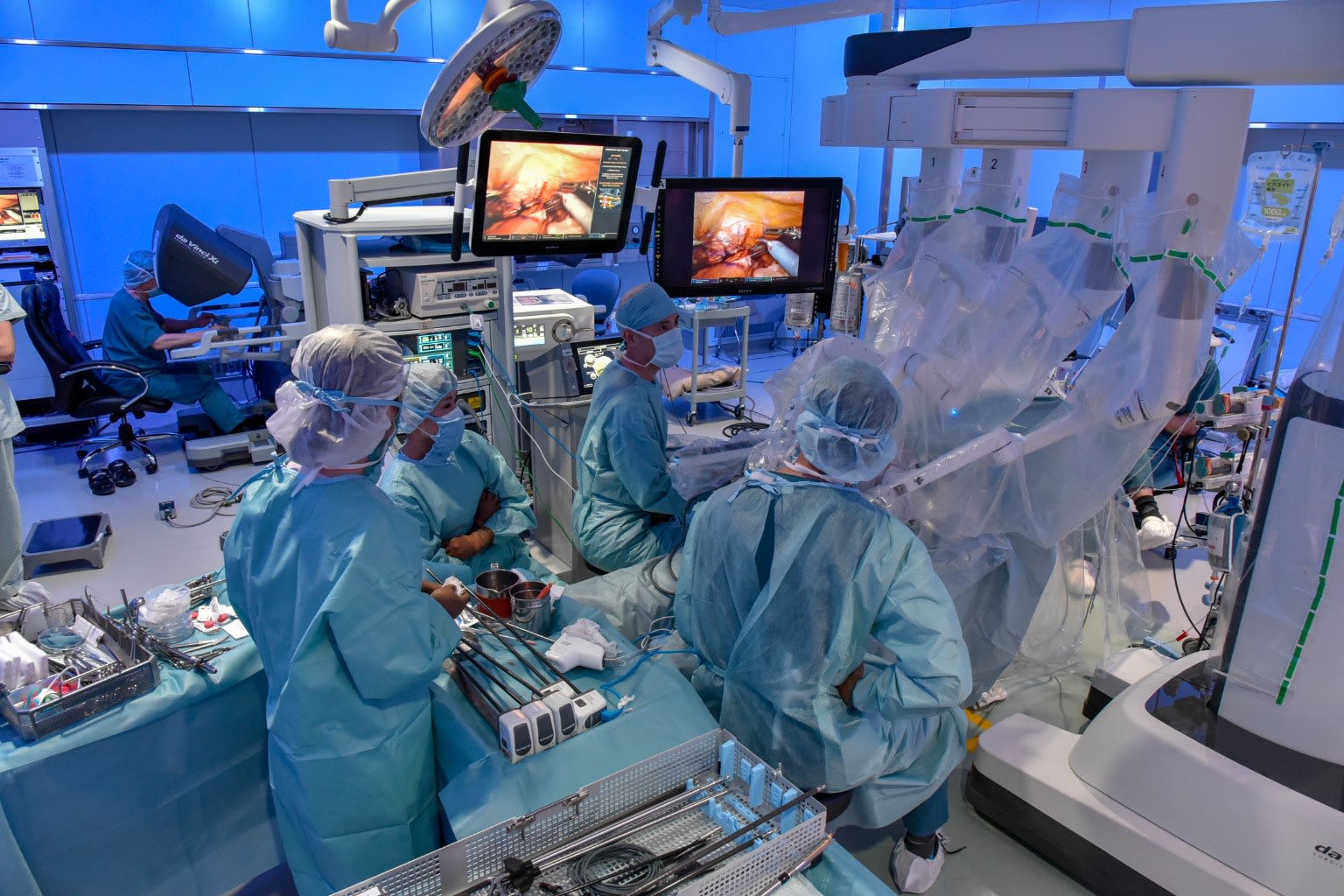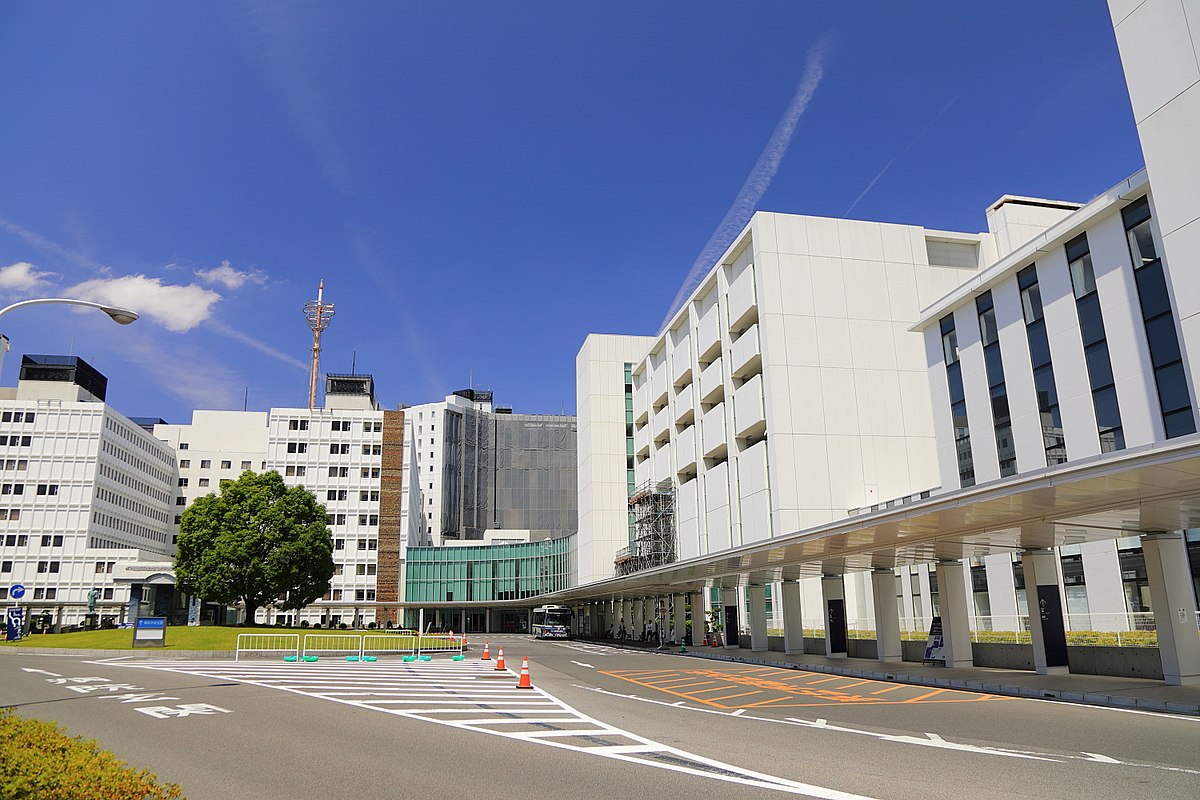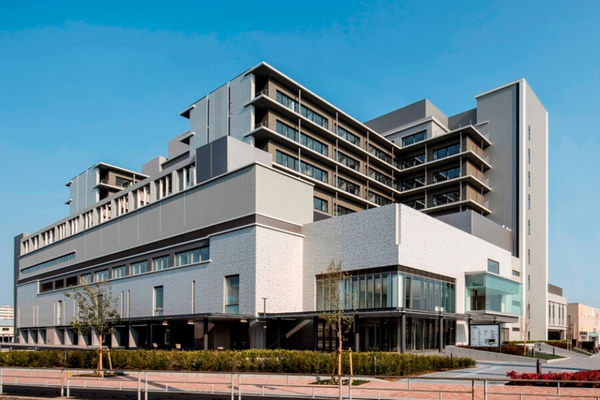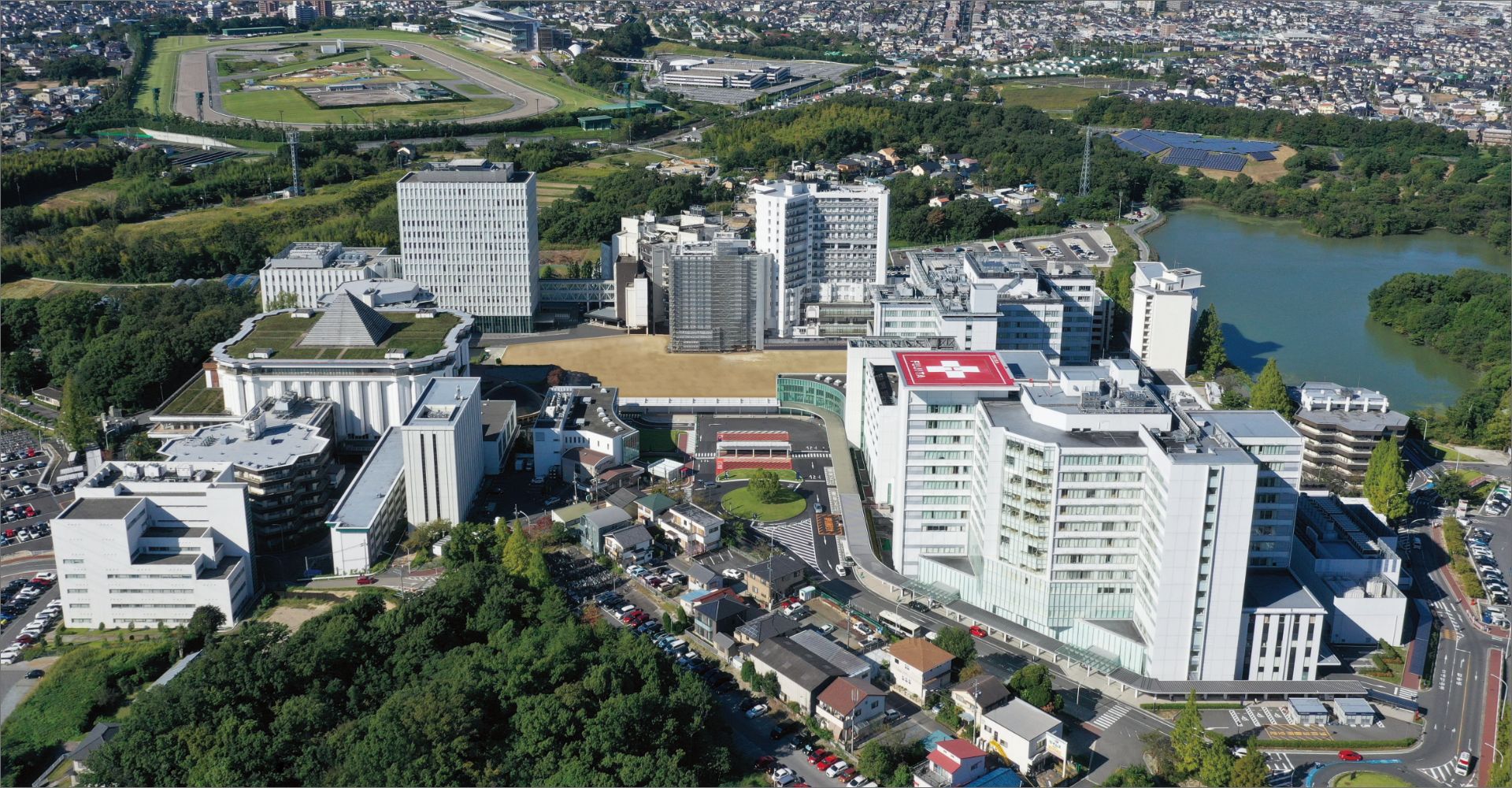Fujita Medical University, ranked No.1 private university in Japan in 2019. Fujita Medical University Hospital is a large general hospital in central Japan, about 40 minutes from Nagoya Airport. It has 1,435 beds, a daily outpatient volume of about 3,000, an average of 1,270 inpatients per day, and over 13,000 surgeries per year. It is also one of the hospitals designated by the Japanese government to treat foreign patients, and has medical interpreters for international patients.

Fujita Medical University Cancer Medical Research Centre was established with the aim of achieving a synergy between research and treatment from the perspective of cancer patients. It is no exaggeration to say that the centre was established through the fusion of "treatment" and "research". Based on technological innovations in genome analysis, the era of "genomic medicine", in which patients' personal genomic information is applied to actual diagnosis and treatment, is approaching. Without advances in cancer research, these results would not have been possible. "Research for the sake of patients" is the foundation of cancer medicine.
Hospital philosophy
We practice medicine with a sense of humility and compassion for the less fortunate.

Approach
1,To provide safe, high quality, high level medical care with the patient as our priority.
2, Respect the rights, self-esteem and privacy of patients.
3,To provide an appropriate environment from the patient's point of view.
4,To provide medical services that meet international standards.
5,To develop a humane and broad-minded medical staff.
Leading experts
Professor Takashi Suda
Speciality: Surgery for lung cancer, mediastinal tumours, malignant pleural mesothelioma and pneumothorax
In 2004, he achieved thoracoscopic surgery in the treatment of lung cancer and thymic tumours in central Japan.
First in Japan to successfully cure a patient with malignant pleural mesothelioma using thoracoscopic surgery in 2007
First in Japan to perform lung cancer surgery using the da Vinci Surgical Robot in 2009.
In 2011, we developed our own single-port (3cm) thymus removal procedure with minimal patient burden.

In 2014, we developed our own single-port surgery via the subxiphoid process and successfully performed pneumonectomy on both sides.
In 2015, we developed our own thymus removal surgery using the da Vinci Surgical Robot.
A 4cm single-port lung cancer surgery was successfully completed in 2015 and the patient could be discharged a week later. Now it is possible to perform thymus removal and mediastinal tumour surgery through a single 3cm port only, and patients can be discharged after three days.
He has performed over 2,600 operations and has been the chief surgeon in over 1,200 cases.
He has supervised surgeries at more than 50 medical institutions (more than 20 university hospitals in Japan).
Professor Ichiro Uyama
Nobel Prize-winning surgeon and one of Japan's leading pioneers in laparoscopic surgery
Area of expertise: oesophagogastric surgery, especially in the treatment of gastric cancer-related conditions.
In 1997, he performed the first laparoscopic total gastric resection in Japan.

In 2006, he operated on the stomach cancer of the famous Japanese baseball player Sadaharu Wang.
In 2009, he performed the first successful gastric cancer surgery in Japan using the da Vinci surgical assistance robot.
He performs more than 180 laparoscopic surgeries for gastric cancer annually and has performed more than 1,000 laparoscopic gastric cancer surgeries, ranking among the top three in Japan.
Professor Uyama was the first surgeon in Japan to perform laparoscopic surgery for gastric cancer and his procedures are recognised as being of world standard. For patients with progressive gastric cancer, a combination of chemotherapy and extensive eradication surgery is used to improve the cure rate. For patients with early gastric cancer and some developing gastric cancer, minimally invasive open surgery and laparoscopic surgery with equivalent efficacy are offered as options depending on the patient's progress. In addition, the use of thoracoscopic surgery in the treatment of oesophageal cancer has also yielded notable results.
Professor Yutaro Kato
Areas of expertise: difficult surgical resection of hepatobiliary and pancreatic malignancies, laparoscopic and da Vinci robot-assisted liver resection, liver transplantation for advanced liver insufficiency.
He is a specialist of the Japanese Society of Surgery, a specialist of the Japanese Society of Gastroenterology, a specialist of the Japanese Society of Digestive Diseases, a highly skilled instructor of the Japanese Society of Hepatobiliary and Pancreatic Surgery, a certified medical doctor for cancer treatment at the Japanese Cancer Treatment Accreditation Medical Institution, and a certified medical doctor for surgical treatment of cancer of the digestive tract.

Liver transplantation techniques are used in hepatobiliary and pancreatic surgery, which involves the combined removal of blood vessels and bile ducts in a difficult procedure. For highly advanced hepatocellular carcinoma, a combination of resection, chemotherapy and radiation therapy is used to increase the resection rate and provide treatment that allows patients to survive for a long time. The patient's body burden is low, and laparoscopic or robotic liver resection allows the same quality of surgery as open surgery, even for difficult procedures. The number of robotic surgery cases is among the highest in Japan.
